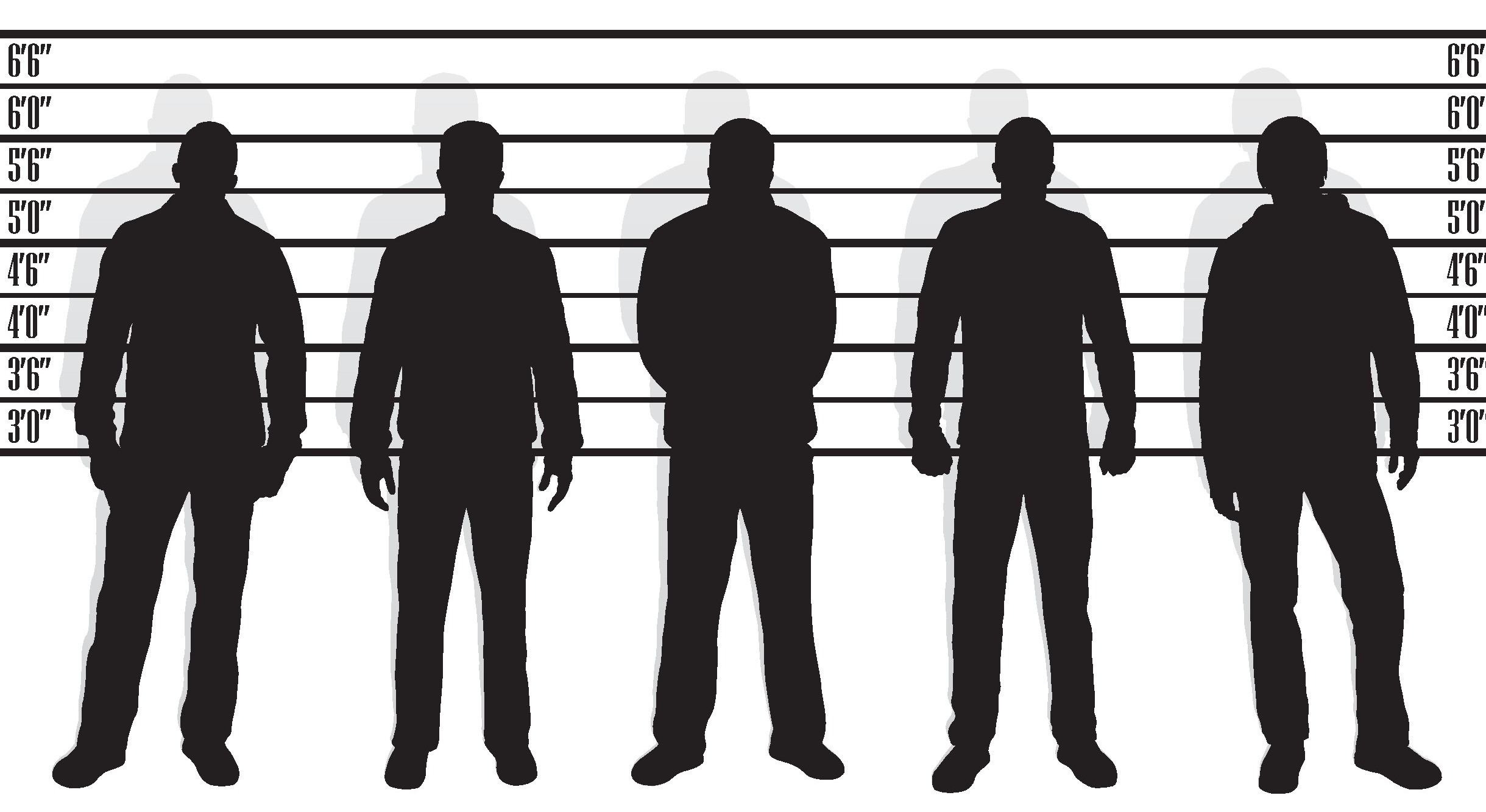
During some crimes, a witness might never see the face of the person who committed the crime, but may hear them speak. When interviewed by the police the witness would be asked to provide as much information as possible about what the offender sounded like. They might be asked to try and judge where the offender’s accent was from, or to describe distinguishing vocal features. The witness might even be required to try and formally identify the offender from a voice parade at the police station. This could be very tricky if the witness had been concentrating on what the offender was saying rather than the sound of their voice.
There has been lots of work on the psychology of eyewitnesses, but much less on earwitnesses. Although earwitness evidence might be used far less frequently in court, it is likely to be relevant in very serious cases like murder, rapes or masked attacks — cases where criminals feel the need to be disguised or to commit their crimes under the cover of darkness. If there is no DNA evidence, earwitness testimony could be pivotal.
Your organisation does not have access to this article.
Sign up today to give your students the edge they need to achieve their best grades with subject expertise
Subscribe




